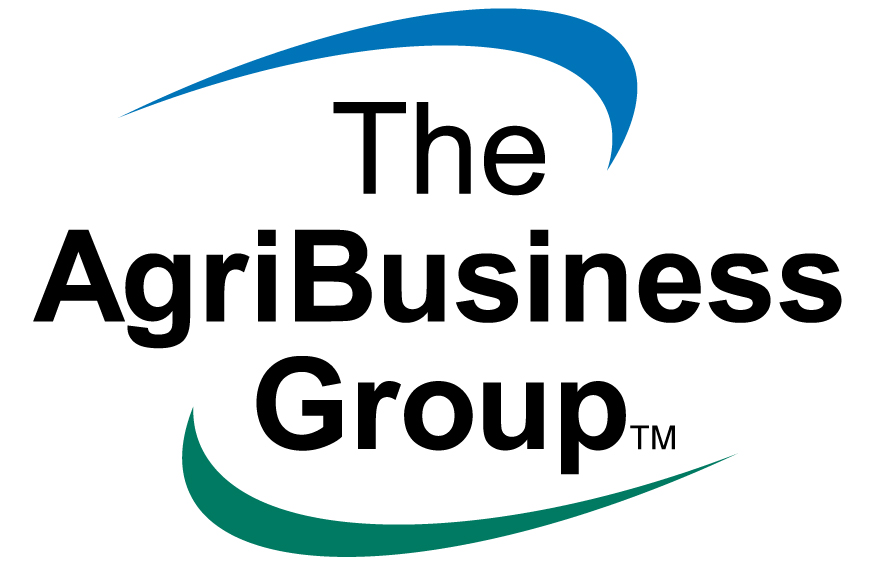Wainono Farm Field Day: ‘Improving Water Quality Outcomes Through Real-time Monitoring’
The Real-Time Water Quality project is a grass-roots idea, supported by farmers, catchment groups, and irrigation schemes. Lead by The AgriBusiness Group; we established a team with a diverse skillset – farm systems, nutrient and water quality/hydrology knowledge. This 12-month project is one of 12 successful projects funded through Our Land and Water Rural Professionals Fund.
The purpose of the project was to:
Trial and evaluate the application of real-time water quality monitoring, a relatively new technology, to identify if it can:
Rapidly improve environmental monitoring and engage catchment with local attainable data
Increase understanding of the dynamic of nitrates in shallow groundwater, and the potential drivers of the frequency and magnitude of seasonal nitrate concentration spikes.
Identify nitrate detections coming from the upper to lower groundwater sites
Inform landowners of the impact of farm management, soils, and climate on water quality.
The Project Team; From left – Jon Manhire (The AgriBusiness Group), Dr. Blair Miller (Lincoln Agritech), John Wright (Shareholder and Managing Director of Wainono Dairy Farm Ltd), Nicole Holliday (Carrfields), Darcy Aker (Lincoln Agritech), Charlotte Senior (Agri Intel)
Key messages / outcomes:
There is strong interest in the ‘cause and effect’ of water quality monitoring results at Wainono (project data) and in the wider catchment (Opuha Water data). Traditional water testing carried out by Regional Councils is not responsive to key events and is not designed to detect the early change or measure the effectiveness of mitigations.
We need to know more than what we currently do – data is key! Farmers and industry are spending so much time and money and effort on improving our freshwater, but we really want to be able to understand as quickly as we can whether we are on the right track. We have found that real-time monitoring allows for faster, more responsive information, capturing peak nutrient events and total loadings. This will require an initial investment, but the potential cost-savings over the medium/long term should be considered against traditional grab samples.
The project’s short timeframe (one-year) makes it difficult to establish absolute relationships or benchmarks, particularly as it was an unusually wet summer. When determining cause and effect, all farm nitrogen cycle and hydrological system components need to be considered, within the farm nitrogen cycle and hydrological systems. Nitrogen losses to water are largely driven by large drainage events that are beyond management control; the amount of nitrogen circulating within a farm system and held by the soil increases the risk of nitrogen losses. Nitrogen mitigations, therefore, focus on maximising nitrogen use efficiency to product, and minimising nitrogen inputs.
Wainono Farm, Fairlie, South Canterbury
The location of Wainono Farm, at the bottom of the Upper Opihi catchment (just upwards of the Opihi Gorge, where all the catchment groundwater flows through), means that the sensors are well-placed to track the health of this catchment. This catchment has been identified as a high nitrogen concentration risk zone within the sub-regional plan due to high nitrogen concentrations observed in groundwater; it is important that this is closely monitored, and improvements are made. In addition, the unique mudstone layer underneath the farm provides a good land-surface recharge relationship.
The success of this project is driven by the willingness of the Wainono farm owners to transparently share their data, to enable key learnings within the community. It was also driven by strong collaboration with a multitude of parties, including the farmer, scientists, rural professionals and industry, the irrigation scheme and local catchment groups, and in-kind contributions of people’s time and energy. The funding has allowed us to trial two sensors and test their value, prior to capital investment. Wainono Dairy farm has purchased an additional sensor.
The success of this project is driven by the willingness of the Wainono farm owners to transparently share their data, to enable key learnings within the community. It was also driven by strong collaboration with a multitude of parties, including the farmer, scientists, rural professionals and industry, the irrigation scheme and local catchment groups, and in-kind contributions of people’s time and energy. The funding has allowed us to trial two sensors and test their value, prior to capital investment. Wainono Dairy farm has purchased an additional sensor.
Results were shared at the field day - 5 October
There is a huge opportunity for collaboration and learnings from large-scale water quality monitoring across the catchment, and for this to provide a renewed focus to catchment groups. Community-driven water quality monitoring and management programmes facilitated by scientists and project managers would provide significant benefits to the community.














